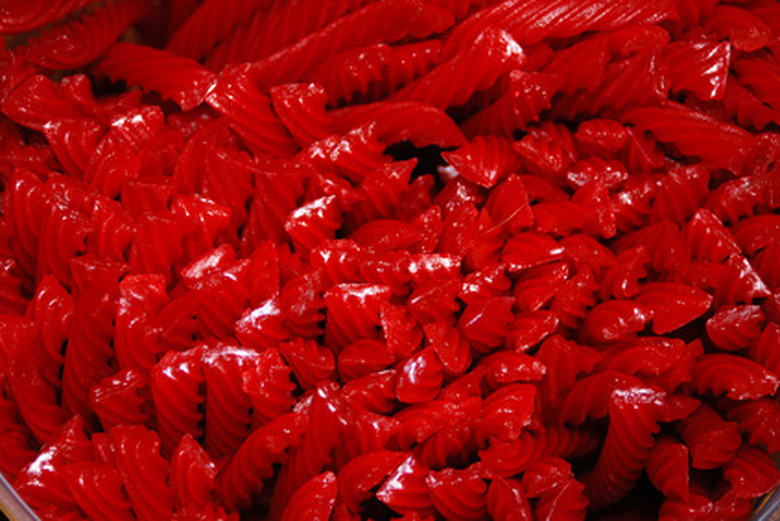Licorice Mint Plant
Licorice mint, also known as anise hyssop, is neither licorice nor mint. It is a substantial perennial plant that will return each summer to form a voluminous hedge of green leaves accented with stems of tiny purple or violet flowers. The leaves of this plant will lend a fragrant aroma to the garden and a delicious accent to summer beverages and recipes.
Types
Licorice mint (Agastache foeniculum) can be categorized as a wildflower or herb. This perennial is a member of the mint family Lamiaceae along with many varieties of mint and European hyssop. Newly developed hybrid varieties offer peppermint or spearmint fragrances and red, pink, yellow or white flowers as opposed to the classic purple tones.
Geography
Native to north-central North America, this is a good choice for the garden in USDA zones 4 to 9, according to the Herb Companion. Licorice mint is a prairie flower and can be grown in formal plantings, in the herb garden or in casual and relaxed natural wildflower gardens. With a 2- to 4-foot height, this is an especially good option for the back section of a perennial garden and will thrive in full sun, partial sun or light shade.
- Licorice mint, also known as anise hyssop, is neither licorice nor mint.
- Licorice mint is a prairie flower and can be grown in formal plantings, in the herb garden or in casual and relaxed natural wildflower gardens.
Time Frame
Sow seeds directly into the ground in the spring or fall. Seeds planted in the fall will lay dormant through the winter and sprout in the spring. Plants may also be started indoors and transplanted. Expect anise hyssop to die back in the fall, then return with full and lush growth in the spring. Wild plants typically bloom from June to September, but blossoms can be expected in the garden in the late summer.
Uses
Native Americans used licorice mint as a sweetener, a breath freshener and a tea. Both the leaves and roots have been used medicinally. In the modern kitchen, try adding the leaves to teas, lemonade or anywhere you might use mint for a different flavor. The flowers are edible but difficult to clean and may be infested with tiny insects. Plant licorice mint if you want to bring bees and birds to the garden. The sweet fragrance and colorful blooms will bring desirable wildlife to your garden.
- Sow seeds directly into the ground in the spring or fall.
- Plant licorice mint if you want to bring bees and birds to the garden.
Propagation
As with many members of the mint family, anise hyssop self-propagates easily. Harvest volunteer plants to share with friends or family or share plants through root division. Seeds may be saved from year to year, purchased or you can harvest seeds from wild licorice mint. This hardy plant transplants easily.
